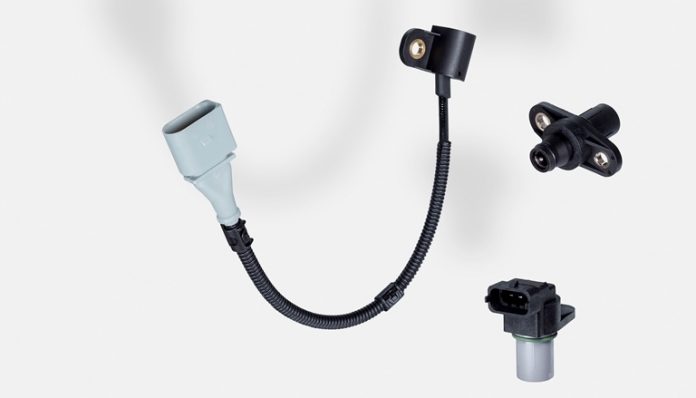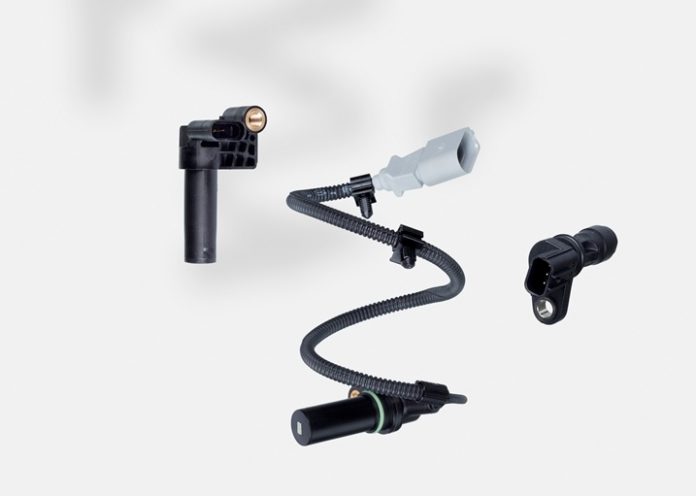The mechanical synchronization of crankshaft and camshaft is of the utmost importance for the operation of a combustion engine. With the introduction of basic engine management and transistorized ignition, the number of moving parts has been reduced to enable more accurate measurements. The development of solid state electronics has improved, which also means that crankshaft and camshaft sensors are being used.
These sensors measure the speed and position of the camshaft and crankshaft. Their signal is processed by the ECU to optimize the accuracy of ignition and fuel control. There are two types of sensors: Hall effect sensors and inductive sensors. Their function is fundamentally similar, although the construction can vary depending on the type of sensor and its intended use by the vehicle manufacturer.
Inductive Sensors
During operation, the inductive sensor generates an oscillating voltage within the sensor coil due to the inductive effect. When the ferromagnetic trigger wheel (with teeth) passes close enough to the soft iron core of the sensor, the magnetic field surrounding the coil is changed. A voltage is generated in the coil that is proportional to the strength and rate of change of the magnetic field. For each tooth that passes the sensor, a complete vibration is generated.
The AC voltage signal generated by the sensor depends on the speed of the trigger wheel and the number of turns in the coil. When starting the engine, an output voltage ranging from 1 to 2 volts is to be expected, but with increasing engine speeds, this voltage will be higher. The output voltage signal generated is low in energy and can therefore easily be affected by stronger external signals, for example the ignition system.
Hall Effect Sensors
The hall sensor has an integrated circuit located between the rotor and a permanent magnet that generates a magnetic field vertical to the hall element. When the trigger wheel passes the live element of the sensor, the current changes the magnetic field perpendicular to the hall element. This produces a voltage signal that is independent of the relative speed between the sensor and the trigger wheel. The integrated electronics in the hall effect sensor processes the signal and sends it out as an amplified square wave signal.

The use of these sensors has evolved with the increasing demands of the combustion engine in terms of performance and emissions. They calculate injection time and duration, adjust the ignition camshaft, and detect misfires. They are also used in start-stop systems to determine the exact position of the crankshaft relative to the camshaft.




